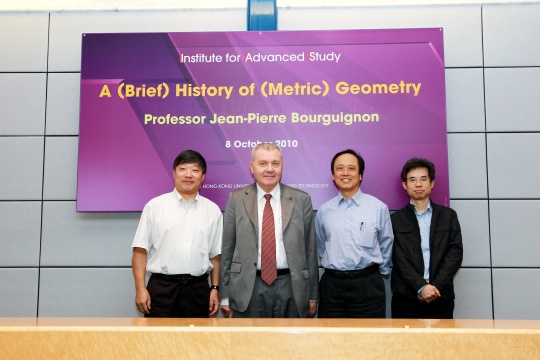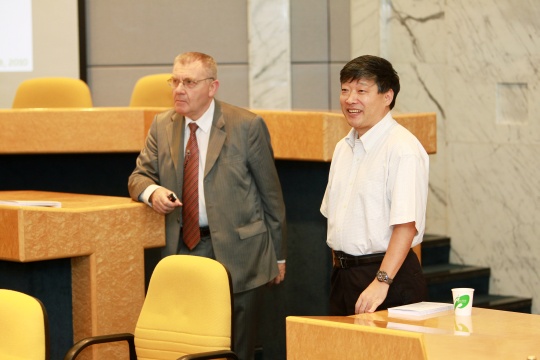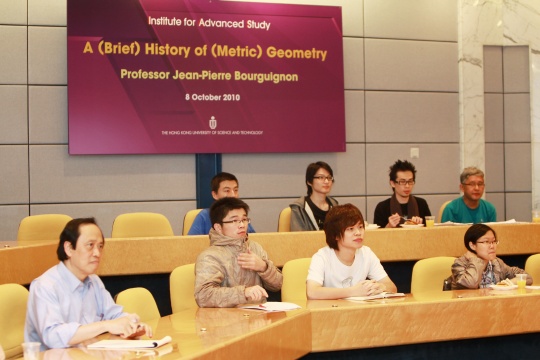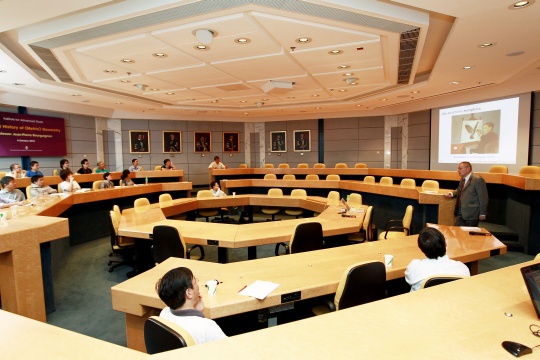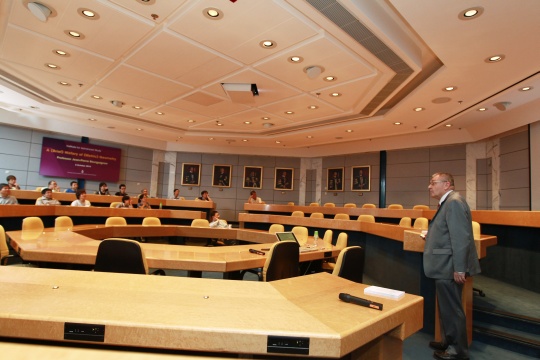A (Brief) History of (Metric) Geometry
Abstract
Geometry is one of the oldest branches of mathematics that has accompanied the evolution of the concept of space in different cultures over centuries.
Euclidean Geometry was long considered to provide the only possible model for space even after the revolution of Analytic Geometry by René Descartes. After decisive work by Carl Friedrich Gauss introducing the fundamental concept of intrinsic curvature, in the early XIXth century, non-Euclidean geometries were conceived and finally accepted, opening up considerably the horizon for Geometry.
Bernhard Riemann broadened the concept even further and laid the foundations of what is now called "Riemannian geometry" that could serve, some 50 years later after a further extension, as a model for a dynamic space-time in Einstein's Theory of General Relativity.
The broadening of Geometry went even further in the late XIXth century and the early XXth century with the recognition of the intimate relation of Group Theory with Geometry, creating a new fundamental linkage.
In the second part of the XXth century, wider generalizations were introduced by Alexander Alexandrov and Mikhail Gromov allowing to discuss the curvature of non-smooth spaces, and to realise the importance of the study of more general metric spaces to understand more traditional geometries.
Another generalisation that borrowed some of the fundamental ideas of Quantum Mechanics was introduced by Alain Connes, in the form of Non-Commutative Geometry, providing even more sophisticated models for what could be a quantum space, covering at the same time discrete and continuous spaces.
About the Speakers
Prof. Jean-Pierre Bourguignon has directed the Institut des Hautes Études Scientifiques (IHES) in France since 1994. He is also the Director of Research in the French National Center for Scientific Research (CNRS) and Professor at the École Polytechnique.
A differential geometer by training, Prof. Bourguignon has since pursued his interest in mathematical aspects of theoretical physics, from Yang-Mills theory to general relativity.
He was President of the Société Mathématique de France from 1990 to 1992 and President of the European Mathematical Society from 1995 to 1998. A member of the scientific council of numerous institutions international, he is also editor of a number of eminent scientific journals. He is a Member of the Academia Europaea and received the Rayonnement Français prize in Mathematical Sciences and Physics in 1997.

